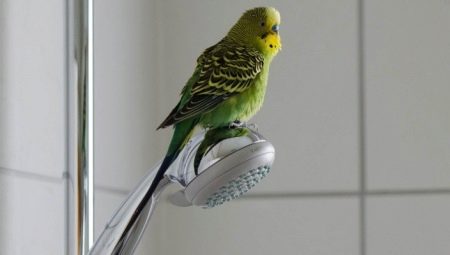Many lovers of domestic fauna live parrots. These peculiar beautiful birds with their own character have an extraordinary mind and cheerful disposition, for which they become universal favorites of all household members. They are easy to care for, they will not create problems during an urgent departure - you can always quickly find someone who will temporarily look after the bird.
If you decide to have a parrot, carefully prepare for the purchase: study the recommendations of ornithologists on the conditions of maintenance, the rules of care and hygiene, the diet, the zoological features of the selected breed. Then a new family member will begin to live in comfortable conditions, will relatively easily suffer adaptation and will always be cheerful and healthy.

How to prepare for a "new home"
Before you go to the pet store, in advance, get everything you need for a parrot: a cage of the optimal size (uncouth), a feeder, a drinking bowl, game accessories (perches, ropes, ladders, mirrors, bells, etc.). All this must be thoroughly washed and sanitized before buying a bird.
Make a feathered beautiful beautiful nickname. Place the cage next to the wall so that there are no drafts or direct sunlight. Move indoor plants away so that the parrot cannot reach them and chew, otherwise a very sad outcome cannot be avoided.
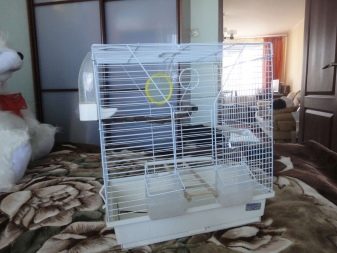

Adaptation period after purchase
Ornithologists note that adaptation of a parrot is much easier if everything was prepared in advance and did not appear in the house with the bird. The adaptation period lasts 2-3 weeks, and can stretch for a month.The feathered bird is brought home in the transport cage. Carefully place the bird in a cage, provide food and water - this is enough for now. At first, the parrot will be sad and quietly sit on the perch. Leave him alone, do not try to make friends: while this is unlikely to succeed, but it will add stress.
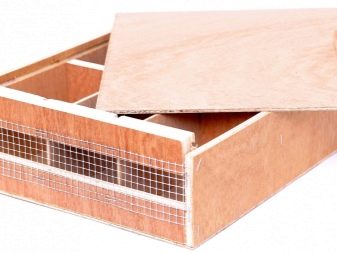
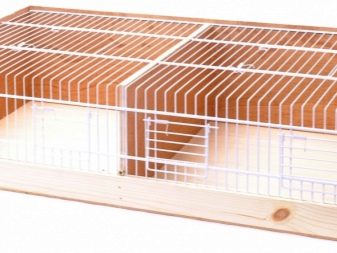
It is advisable that in the first days someone came into the room with the cage, and let the rest of the household put off acquaintance for later.
Go calmly just to check the bird without any action. Let your pet take a closer look at the cage and at you. Refrain for a while from loud conversations, do not turn on the music, do not slam the doors, or let other pets into the room, if any.
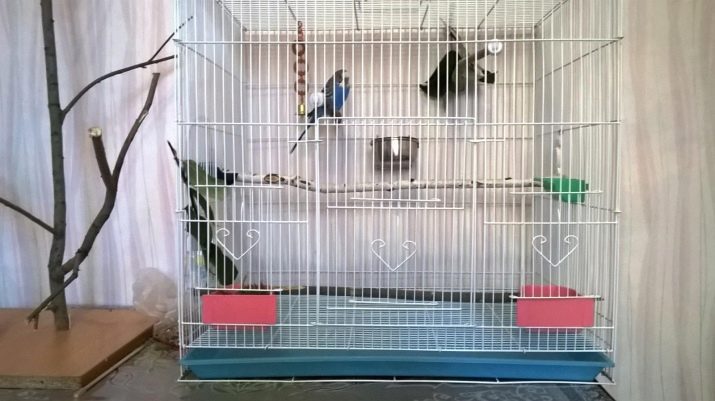
If you notice that the food from the feeder does not decrease, pour it directly to the bottom of the cage, because due to stress the parrot may not see the feeder. In a couple of days, the parrot will begin to come to its senses, see the grains and, with hunger, will gladly start the meal.
Parrots rarely and very little drink, and in a state of stress they can do without drinking for a whole day, so you may not notice if the bird is drinking. If it seemed to you that the parrot doesn’t drink at all, then in order not to worry, put a mark on the drinker according to the water level to see if the amount of water has decreased. You can put water in a saucer at the bottom of the cage - so the parrot will definitely see it and drink it.
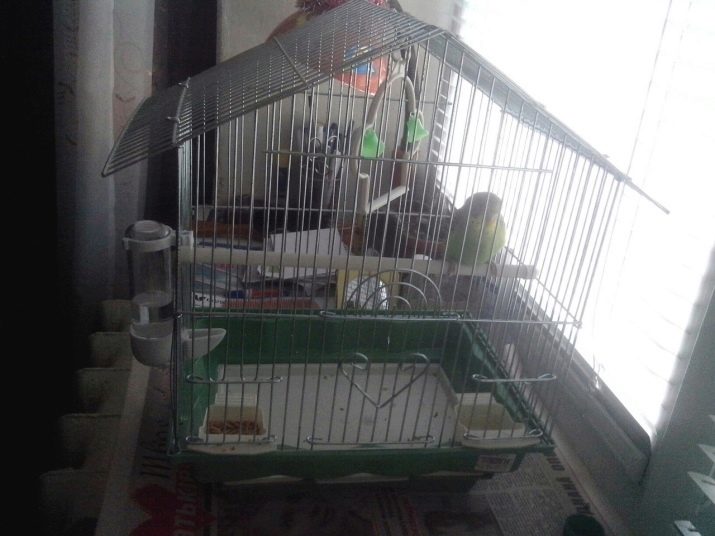
Liquid droppings due to stress in the first 2–3 days are normal, but if diarrhea does not stop for a week, you will have to consult a veterinarian for help.
Approaching the cage, each time in a calm, even voice call a parrot by name, treat with a delicious treat, praise. The parrot will get used to you and will respond with funny sounds.
The need for regular flights
Free flights are a natural need for birds. The flight state forms positive emotions in parrots, they begin to play and frolic, utter enthusiastic sounds. The physiological state of the bird improves (general tone, blood circulation, digestion), wings are strengthened. Even in a spacious cage, a parrot can only spread its wings and shake itself, but not fly. If you neglect the recommendations of ornithologists and do not let the bird out of the cage, muscle atrophy, a depressed state will develop and a decrease in immunity will begin.
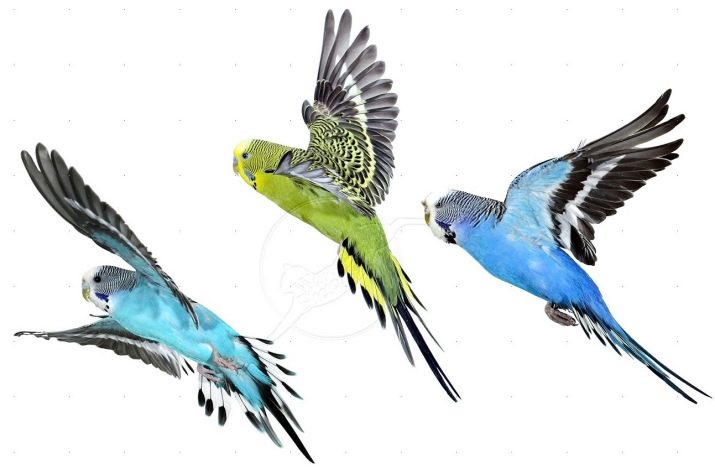
To avoid this, you must regularly allow the bird to fly freely around the room.
How to let out a parrot for a first time walk
At the first time a bird is at your place, you cannot let it out of its cage, as a frightened bird will anxiously rush about the room and beat against walls and windows. The consequences can be extremely serious. This will be possible after a period of adaptation (about a month). Watch carefully for changes in the behavior of the parrot.
If the pet is cheerful and cheerful, responds to its name, has fun with toys, does not hide from you, sits on your finger and can eat from your hand, you can decide on a “walk”.
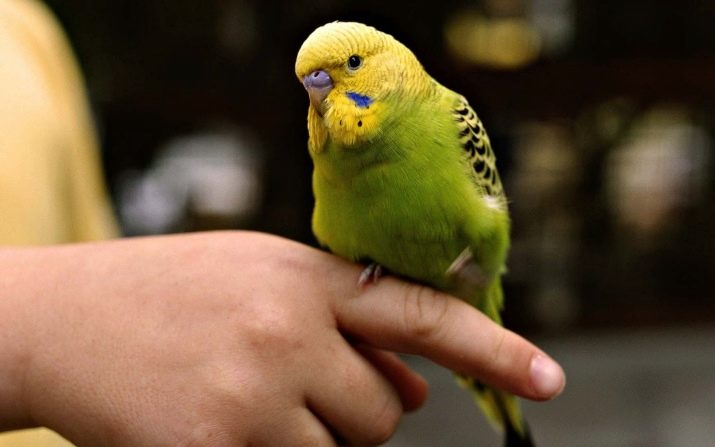
Prepare the room: close the windows (birds cannot see the glass and may break), remove mirrors and gadgets, securely hide the wires, take the animals to another room, close the door and warn your pets not to enter the room - the pet trusts only you so far.
Choose the moment when you have enough free time to slowly cope with unforeseen situations. Both you and your pet should be in a good mood. The best time for a walk is in the late afternoon, before feeding. Quietly approach the cage, gently talk with the pet, say his name several times, open the door. It may happen that the parrot does not want to leave the cage. Do not rush him or shout, do not drive him out, do not make sudden movements - the parrots are very impressive, unnecessary stress will not lead to anything good.
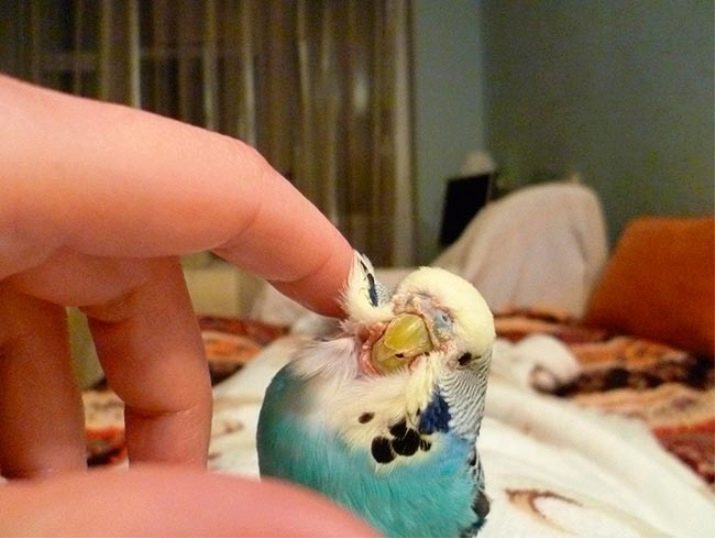
You can try to calmly lure the bird out of the cage with your favorite treat or bright toy, quietly pronouncing his name and offering to feast on your hands.
If, despite your attempts, the parrot remains in the cage, leave it alone. Without closing the door, move away from the cage and calmly observe from the side. If the flight did not take place, it means that the bird is not ready and feels insecure. Repeat the experiment after a couple of days. Every day, the parrot will become more accustomed to the situation and will definitely decide to leave his house. The rule of thumb is not to leave the bird unattended during the flight in order to protect against accidental injuries.
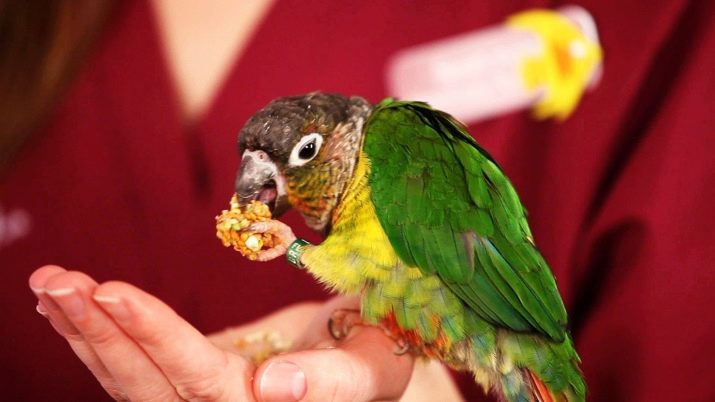
How to return a bird to a cage
It happens that deciding to leave the cage, the bird does not want to return home, or lost its landmark, carried away by freedom and interesting environment. Show maximum patience - let the feathered one return to the cage on their own so that they do not have to force it, otherwise it will get stress again and lose confidence in you. Use the fact that he was not fed before the walk. If the parrot flies and flies, not paying attention to the feeder, start pouring seeds through the bars of the cage on the pallet.
The sounds of blows will attract the bird, it will see the feed and enter the cage. Close the door quickly so that the bird does not slip out of the cage again.
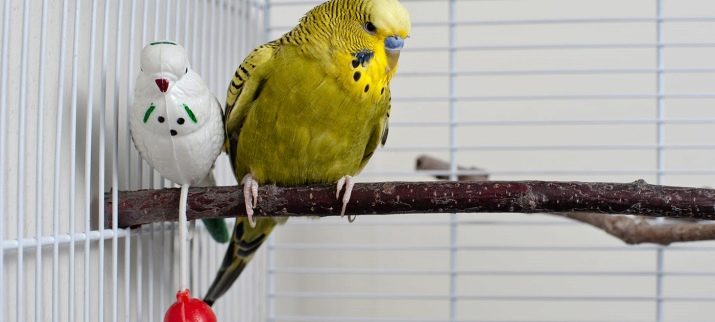
You can use your favorite parrot treat, but it should be a treat from the bird's diet, and not from our table. Put your favorite food in a cage and in your palm, invite the pet to sit on your hand.
The tamed parrot will gladly begin to feast on hand. Slowly, so as not to frighten away, transfer the feathered bird inside the cage and close the door. A hungry parrot will calmly continue the meal from the feeder.
Frequency and duration of flights
Regular exercise is essential to maintaining bird health. Young parrots must fly around the room every day for at least 3 hours. Middle-aged birds are gradually reduced to 2 hours, and older parrots can be released from their cages every other day. Do not let the parrots fly longer than they should and stay out of the cage at night.
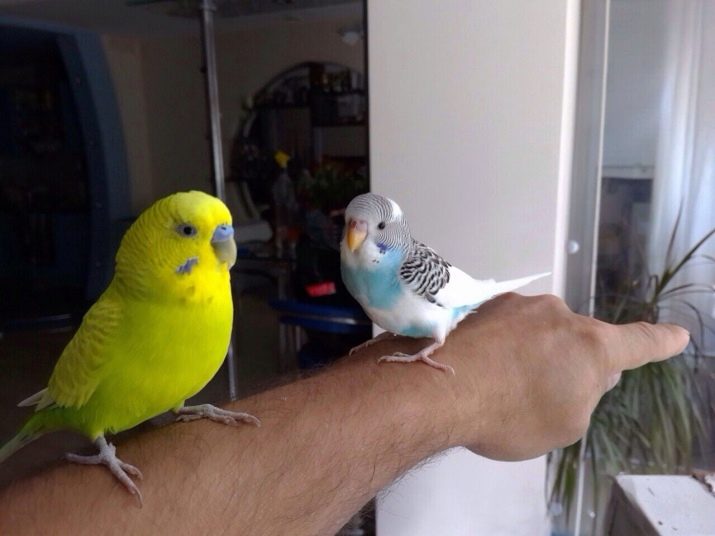
Frequent violations of the flight regime will finally knock the bird out of its rhythm of life, it will behave uneasily, tweet loudly, beat against the rods, demand freedom and will not be able to live in a cage.
It should be noted that in parrots of different breeds, different times pass from the purchase to the first release from the cage. But there is one general rule - Do not force events, gain patience and strength, wait for the pet to fully adapt to the new habitat and confidential communication with the owner. Only in this way your pet will successfully learn interesting skills and will make you happy company for a pleasant pastime.
About how to release a parrot from a cage for the first time, see further.
